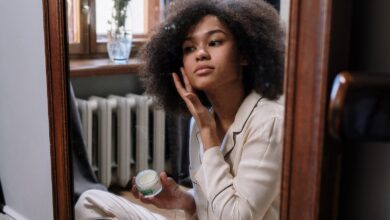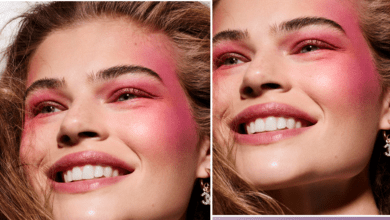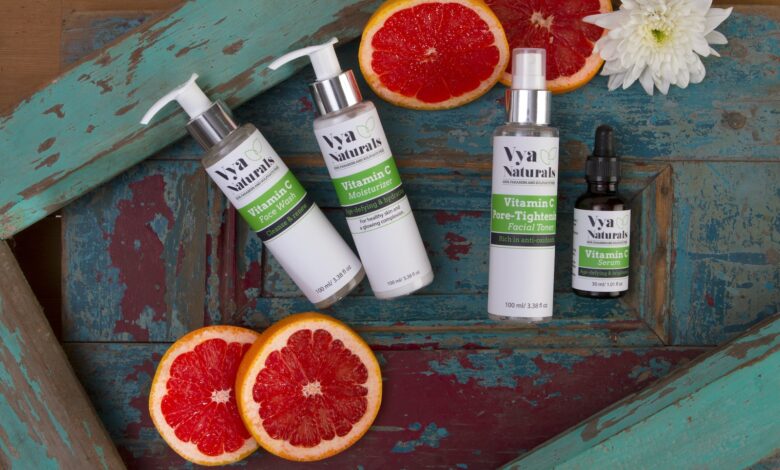
In the article “Pollution Protection: Shielding Different Skin Types,” you will discover the importance of protecting your skin from the damaging effects of pollution. With pollutants constantly surrounding us, our skin can suffer from premature aging, dryness, and other skin concerns. However, this article aims to provide you with valuable insights on how to shield your skin effectively based on your specific skin type. So, whether you have oily, dry, sensitive, or combination skin, get ready to learn all about the best practices and products to keep your skin healthy and radiant in the face of pollution.
Understanding pollution and its effects on the skin
What is pollution?
Pollution refers to the presence of harmful substances in the environment, such as chemicals, toxins, smoke, and dust. These pollutants can come from various sources, including vehicle emissions, industrial activities, and even natural factors like wildfires. When it comes to skincare, pollution can have detrimental effects on the health and appearance of our skin.
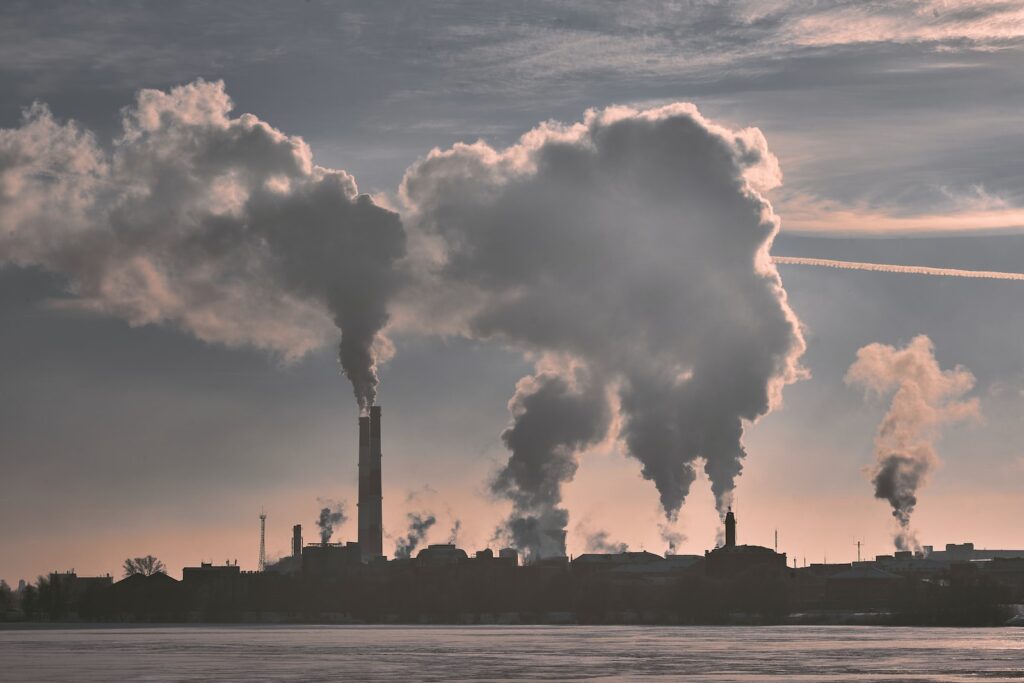
How does pollution affect the skin?
Pollution can have a profound impact on the skin, leading to numerous skin problems and accelerated aging. When pollutants come into contact with the skin, they can penetrate the skin barrier and cause inflammation, oxidative stress, and the breakdown of collagen and elastin. This can result in a dull complexion, dryness, premature wrinkles, and even acne breakouts. Furthermore, pollution can also worsen existing skin conditions, such as eczema or rosacea.
Common skin problems caused by pollution
Pollution can manifest in various skin problems, affecting different individuals in different ways. Some common skin issues caused by pollution include:
- Dullness: Pollutants can clog the pores and prevent the skin from breathing properly, leading to a lackluster complexion.
- Dryness: Pollution can disrupt the skin barrier, causing excessive moisture loss and leaving the skin feeling dry and dehydrated.
- Premature aging: The oxidative stress caused by pollution can accelerate the breakdown of collagen and elastin, leading to the formation of fine lines, wrinkles, and sagging skin.
- Acne and breakouts: Pollution particles can clog the pores and trigger inflammation, leading to the development of acne and breakouts.
- Sensitivity and redness: The inflammatory effects of pollution can increase skin sensitivity and cause redness or irritation, especially in individuals with sensitive skin.

Identifying different skin types
Understanding your skin type is crucial for developing an effective skincare routine, especially in combatting the effects of pollution. Here are the five main skin types:
Normal skin
Normal skin is broadly balanced, neither too dry nor too oily. It has a good moisture-retaining capacity and generally exhibits a smooth and even texture. Those with normal skin are fortunate to have skin that is less prone to problems caused by pollution. However, it is still important to protect and nourish the skin to maintain its natural beauty.

Dry skin
Dry skin lacks moisture and often feels tight or flaky. Pollution can exacerbate dryness by stripping away the skin’s natural oils and further impairing its ability to retain moisture. People with dry skin may notice increased sensitivity and irritation as a result of pollution exposure. Nurturing and hydrating the skin becomes crucial for maintaining its health and barrier function.

Oily skin
Oily skin, on the other hand, produces an excess amount of sebum, making the skin appear shiny and prone to acne and breakouts. Pollution can worsen these conditions by clogging the pores and triggering inflammation. It is important to focus on keeping the skin clean and balanced while providing adequate protection against pollution-related damage.

Combination skin
Combination skin is a combination of both dry and oily areas. Typically, the T-zone (forehead, nose, and chin) tends to be oilier, while the cheeks may be drier. Pollution can further exacerbate this imbalance, making it essential to address both the oily and dry areas with appropriate skincare products.
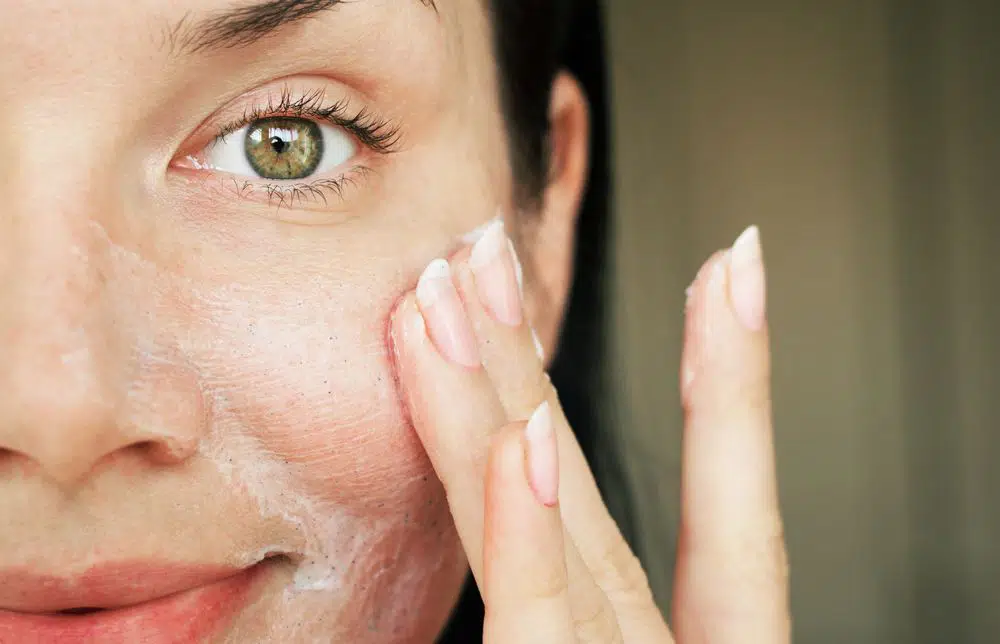
Sensitive skin
Sensitive skin is easily irritated and prone to redness, itching, or stinging sensations. Pollution can aggravate these symptoms by increasing skin sensitivity and triggering allergic reactions. Individuals with sensitive skin should prioritize gentle and soothing skincare products that provide protection against pollution without causing further irritation.
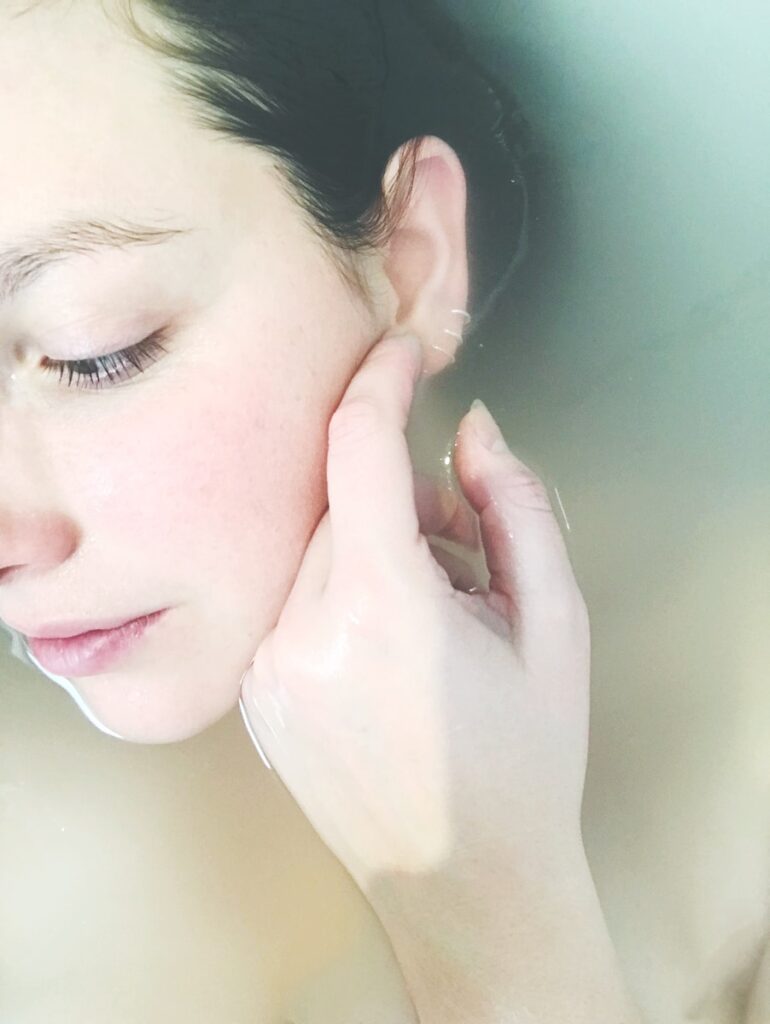
Choosing the right skincare products
Choosing the right skincare products is crucial in combating the damaging effects of pollution and maintaining healthy skin. Here are some key considerations for each step of your skincare routine:
Understanding the importance of antioxidants
Antioxidants play a vital role in protecting the skin against pollution-induced damage. They neutralize the harmful free radicals generated by pollutants, thus minimizing oxidative stress and inflammation. Look for skincare products containing antioxidants such as vitamin C, vitamin E, green tea extract, or niacinamide to provide protection and promote skin health.

Selecting cleansers for different skin types
When it comes to cleansing, it is important to choose a gentle yet effective cleanser that suits your specific skin type. For normal or combination skin, opt for a cleanser that removes impurities without stripping the skin of its natural oils. Dry skin types can benefit from creamy or oil-based cleansers that provide hydration, while oily skin types may benefit from foaming cleansers that help control excess sebum.
Moisturizers for pollution protection
Moisturizers are essential for all skin types, including oily skin. They help restore the skin’s moisture barrier and prevent dehydration caused by pollution exposure. Look for moisturizers with lightweight, non-comedogenic formulas for oily or combination skin, and richer formulations with hydrating ingredients like hyaluronic acid or ceramides for dry skin.

The role of sunscreens in combating pollution
Sunscreen is a non-negotiable step in any skincare routine, especially in the context of pollution protection. Opt for a broad-spectrum sunscreen with an SPF of 30 or higher to shield the skin from both UVA and UVB rays. Additionally, consider using a sunscreen formulated with antioxidants to provide added protection against pollution-induced damage.
Additional skincare products for specific skin types
In addition to the essentials, there are additional skincare products that can benefit specific skin types in combating pollution. For normal or combination skin, incorporating a weekly exfoliating treatment can help remove dead skin cells and unclog pores. Dry skin can benefit from hydrating masks or overnight treatments to nourish and replenish moisture. Oily skin types may find oil-control serums or toners helpful in regulating sebum production, while sensitive skin can benefit from soothing masks or treatments specifically formulated for sensitivity.
Creating a skincare routine for pollution protection
To effectively combat pollution and protect your skin, it is important to establish a comprehensive skincare routine. Here is a step-by-step guide to creating a pollution protection skincare routine:
Step 1: Cleansing
Start your routine by cleansing your face twice a day, once in the morning and once at night, to remove impurities and pollutants. Use a gentle cleanser suitable for your skin type and massage it into your skin using circular motions. Rinse thoroughly with lukewarm water.
Step 2: Toning
After cleansing, apply a toner to balance the skin’s pH levels and prepare it for the next steps of your routine. Toners can also help remove any remaining residue and tighten the pores. Dab a small amount onto a cotton pad and gently swipe it across your face, or use your clean hands to pat it onto your skin.
Step 3: Applying serums or treatments
Next, apply targeted serums or treatments to address specific skin concerns. Choose products with antioxidants or other active ingredients that help protect against pollution and promote skin health. Apply a few drops onto your fingertips and gently press them into your skin, focusing on areas that require extra attention.
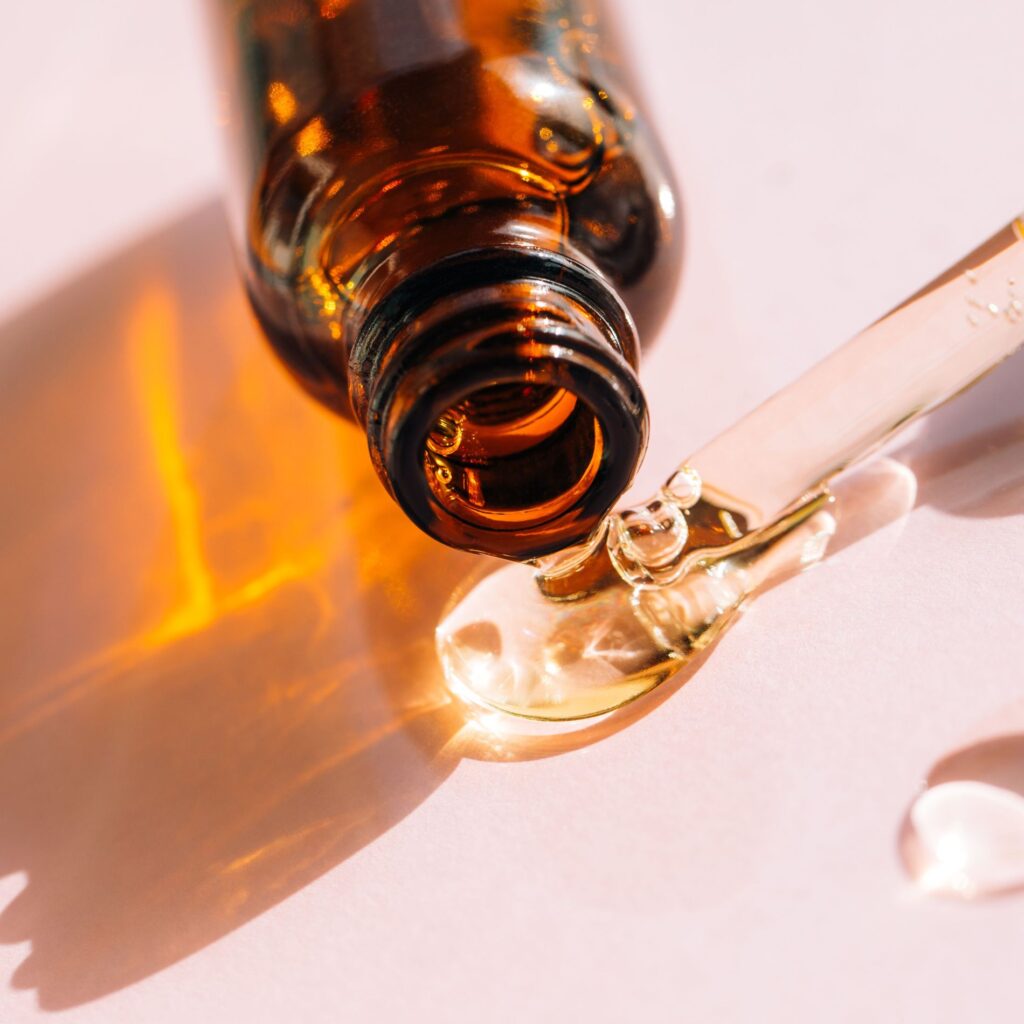
Step 4: Moisturizing
After serums or treatments, apply moisturizer to hydrate and nourish your skin. Choose a moisturizer suitable for your skin type and massage it into your face and neck using upwards motions. Allow the moisturizer to fully absorb before moving on to the next step.
Step 5: Sunscreen application
Finish your morning routine by applying sunscreen generously to your face and any other exposed areas. Make sure to reapply sunscreen every two hours, especially if you are spending extended periods outdoors or in highly polluted areas.
Step 6: Incorporating weekly masks or exfoliation
To further protect and rejuvenate your skin, consider incorporating weekly masks or exfoliation into your routine. Exfoliating treatments can help remove dead skin cells and promote a healthy complexion, while masks can deliver additional hydration, soothing, or detoxifying benefits.

Targeted solutions for different skin types
Tailoring your skincare routine to your specific skin type can help address individual concerns and achieve optimal results. Here are some targeted solutions for each skin type:
Normal skin: Maintaining balance and radiance
For normal skin, focus on maintaining the skin’s balance and radiance. Choose lightweight, non-greasy products that provide hydration without clogging the pores. Look for products with brightening or illuminating ingredients to enhance your skin’s natural glow.
Dry skin: Hydration and barrier repair
Hydration is essential for dry skin, so opt for moisturizers with rich, nourishing ingredients like shea butter or ceramides. Consider incorporating facial oils or overnight masks to provide intensive hydration and repair the skin barrier. Look for products specifically formulated for dry or sensitive skin to minimize potential irritation.
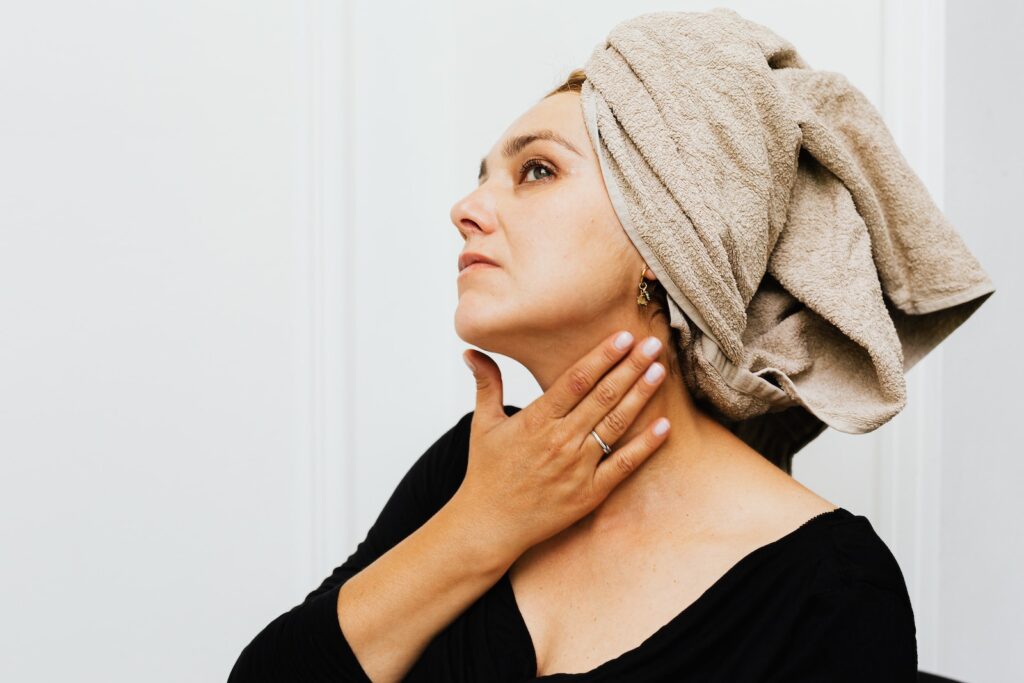
Oily skin: Controlling sebum production
Controlling excess sebum is key for oily skin types. Choose oil-free or gel-based moisturizers that provide hydration without adding additional oiliness. Look for toners or serums with ingredients like salicylic acid or tea tree oil to regulate sebum production and prevent clogged pores. Avoid heavy or occlusive products that can further exacerbate oiliness.
Combination skin: Balancing different areas
For combination skin, it is important to balance the needs of both dry and oily areas. Use lightweight, water-based moisturizers for oily areas and layer richer moisturizers on dry areas. Tailor your skincare routine to address the specific needs of different areas of your face, using spot treatments for oiliness or dry patches as necessary.
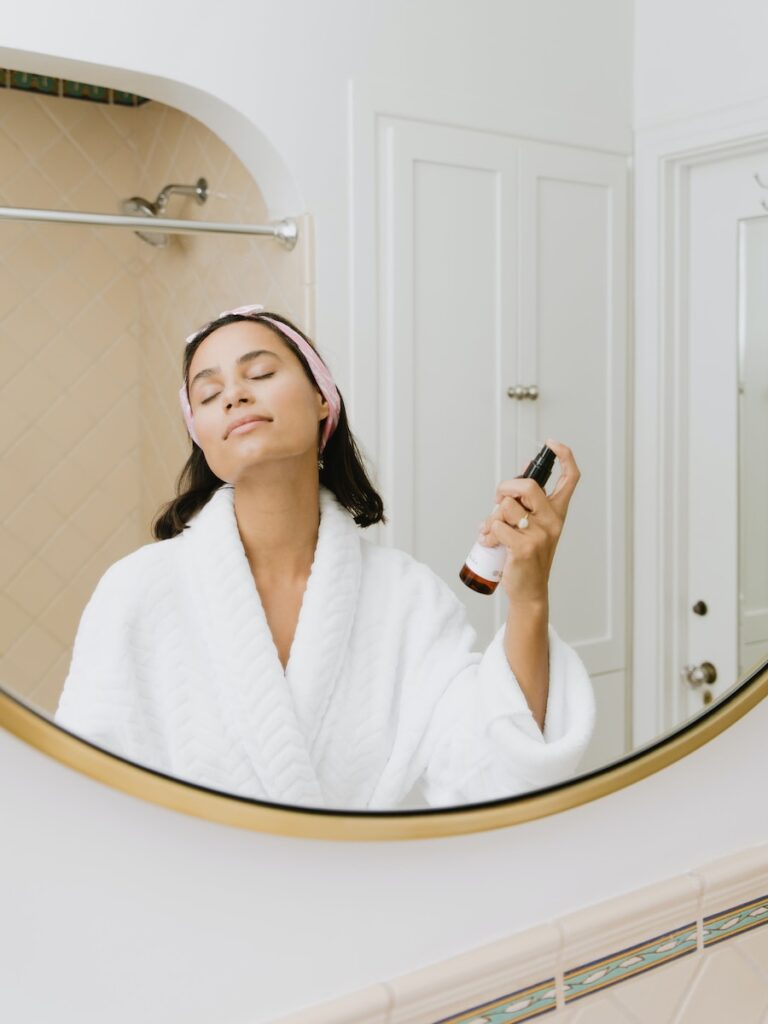
Sensitive skin: Calming and soothing
Sensitive skin requires gentle, soothing products to minimize potential irritation. Look for products labeled as hypoallergenic or specifically formulated for sensitive skin. Avoid fragrances, harsh chemicals, and potential allergens. Incorporate calming ingredients such as aloe vera or chamomile to help reduce redness and soothe the skin.
Tips for additional pollution protection
In addition to your skincare routine, here are some tips for additional protection against pollution:
Wearing protective clothing and accessories
When spending time in highly polluted areas, consider wearing hats, scarves, or masks to shield your face from direct contact with pollutants. Opt for clothing made from natural fibers that provide a barrier against pollution particles.
Using air purifiers and indoor plants
Invest in air purifiers for your home or office to filter out airborne pollutants. Additionally, adding indoor plants like spider plants or peace lilies can help improve air quality by absorbing toxins and releasing oxygen.
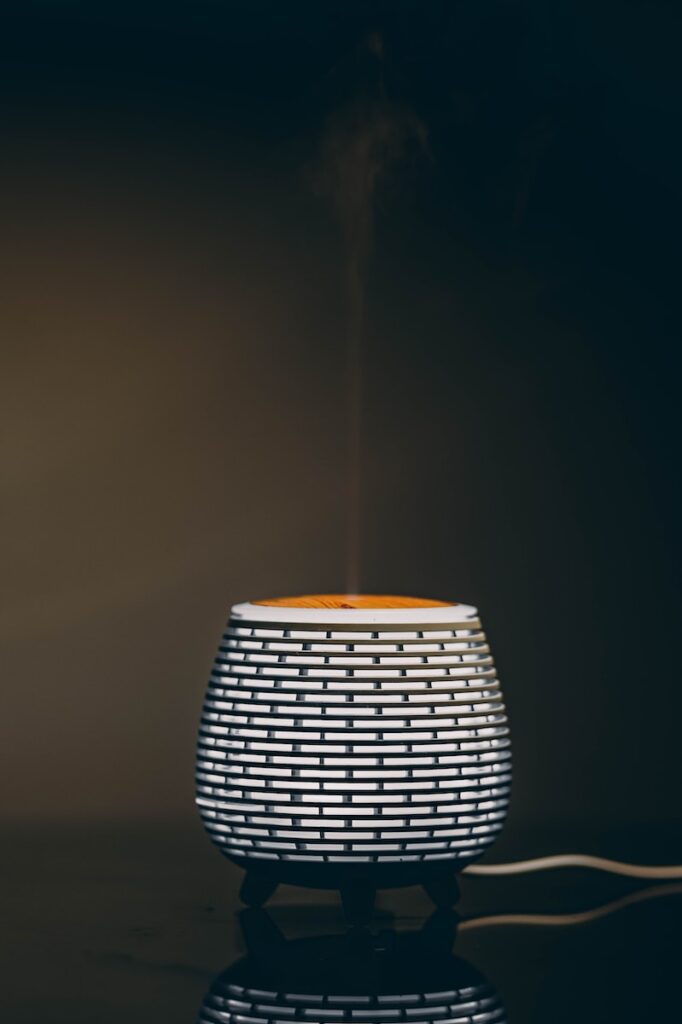
Avoiding smoking and second-hand smoke
Smoking and exposure to cigarette smoke can significantly worsen the effects of pollution on the skin. Avoid smoking and minimize exposure to second-hand smoke as much as possible to protect your skin and overall health.
Regularly cleaning personal items that come in contact with the skin
Wash or sanitize personal items that come in contact with your skin frequently, such as mobile phones, eyeglasses, or makeup brushes. These items can harbor pollutants and bacteria, which can contribute to skin problems if not kept clean.
Maintaining a healthy diet and lifestyle
A healthy diet rich in antioxidants can help support your skin’s natural defense mechanisms against pollution. Consume a variety of fruits, vegetables, and foods high in omega-3 fatty acids. Additionally, staying hydrated, getting enough sleep, and managing stress levels can also contribute to overall skin health.

Addressing other environmental factors
In addition to pollution, other environmental factors can impact the health and appearance of your skin. Here are some key factors to consider:
UV radiation
UV radiation from the sun can cause skin damage and exacerbate the effects of pollution. Always wear sunscreen with broad-spectrum protection to shield your skin from harmful UV rays, even on cloudy days.
Blue light
Blue light emitted by electronic devices, such as smartphones and computers, can also affect the skin. Consider using blue light filters or screen protectors to minimize exposure, especially if you spend a significant amount of time in front of screens.
Heat and humidity
Heat and humidity can increase sweat production and sebum production, leading to clogged pores and breakouts. Cleanse your face regularly and use lightweight, non-comedogenic products during hot and humid weather.
Cigarette smoke
Cigarette smoke contains thousands of toxic chemicals that can harm the skin and accelerate aging. Aside from exacerbating the effects of pollution, smoking can also reduce blood flow to the skin, leading to a dull complexion. Quitting smoking or avoiding environments with heavy smoke can significantly benefit your skin’s health and appearance.
Expert recommendations for pollution protection
Seeking expert advice can provide valuable insights into optimizing pollution protection for your skin. Here are some recommendations from dermatologists and skincare experts:
Dermatologist insights on pollution and skin health
Dermatologists emphasize the importance of protecting the skin from pollution-induced damage. They recommend using antioxidants, like vitamin C or green tea extract, to combat oxidative stress and inflammation caused by pollution. Additionally, they stress the necessity of daily sunscreen application and a thorough cleansing routine to remove pollutants.
Tips from skincare experts
Skincare experts suggest incorporating pollution-fighting ingredients like niacinamide, ceramides, or hyaluronic acid into your routine. They also recommend investing in air purifiers, avoiding excessive exfoliation, and choosing skincare products with good manufacturing practices to ensure their efficacy and safety.
Product recommendations for different skin types
Skincare experts may also provide specific product recommendations tailored to different skin types. For example, they may advise using lightweight gel moisturizers for oily skin, or recommending hydrating sheet masks for dry skin. Following expert recommendations can help you make informed choices when selecting skincare products.
Incorporating pollution protection into daily life
To effectively protect your skin from pollution, it is important to incorporate pollution protection into your daily life. Here are some ways to make it a top priority:
Educating oneself about pollution sources
Understanding the sources of pollution in your environment can help you make informed decisions to minimize exposure. Learn about local pollution levels, common pollutants in your area, and take steps to avoid heavily polluted areas whenever possible.
Making conscious choices to minimize exposure
Take proactive measures to minimize your exposure to pollution. Consider using alternative modes of transportation, such as walking or biking, to avoid heavy traffic areas. Keep your windows closed when pollution levels are high and use air purifiers to improve the air quality in your home.
Building a sustainable skincare routine
Choose skincare products from brands that prioritize sustainability and environmental responsibility. Look for products with eco-friendly packaging, transparent sourcing practices, and a commitment to minimizing their environmental impact. Choosing sustainable options ensures not only the health of your skin but also the health of the planet.
Supporting environmentally-friendly initiatives
Supporting environmental initiatives that aim to reduce pollution can contribute to a healthier and cleaner environment. Get involved in local community efforts, engage in recycling and waste reduction practices, and support organizations dedicated to environmental protection.
Conclusion
Protecting your skin from pollution is essential for maintaining its health, vitality, and youthful appearance. By understanding the effects of pollution on the skin, identifying your skin type, and selecting the right skincare products, you can establish an effective pollution protection routine. Incorporate targeted solutions, implement additional pollution protection tips, and address other environmental factors to optimize your skincare efforts. By following expert recommendations and making pollution protection a part of your daily life, you can shield your skin from the harmful effects of pollution and enjoy a healthy, radiant complexion for years to come.

